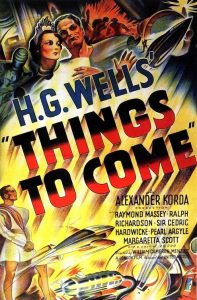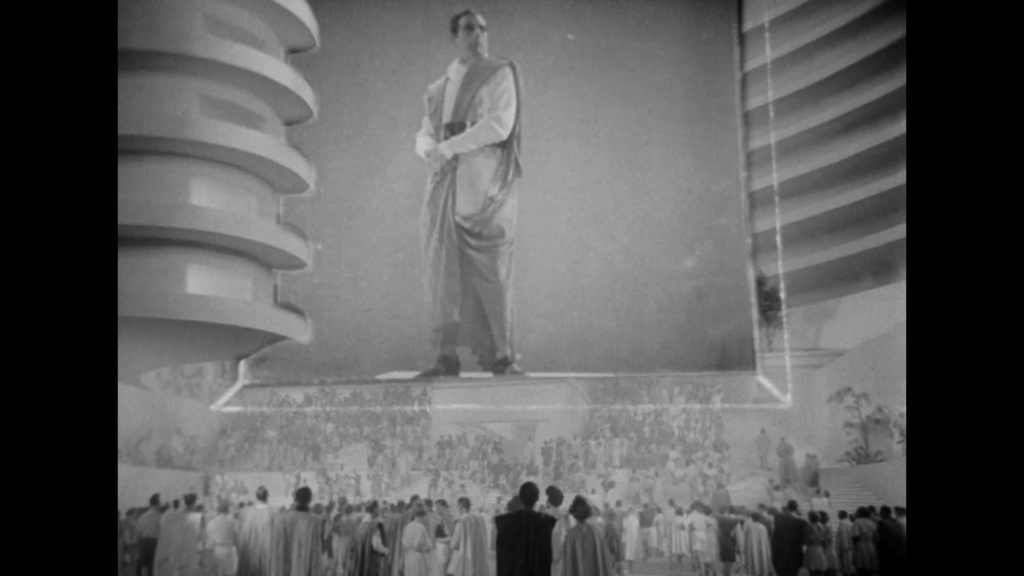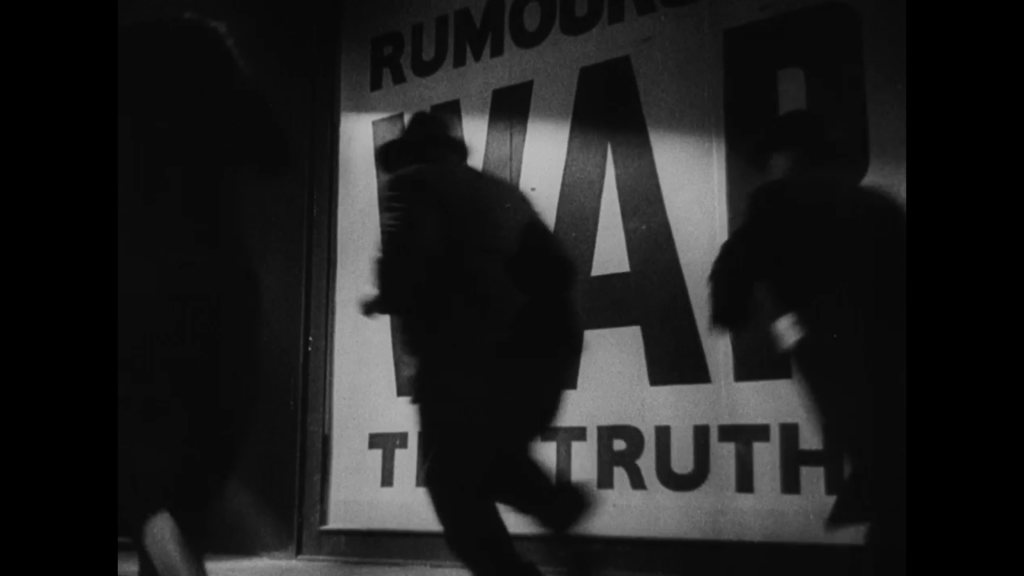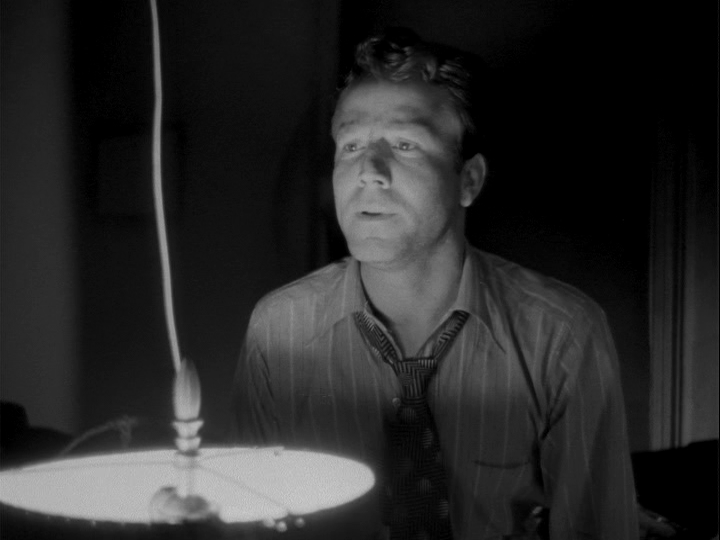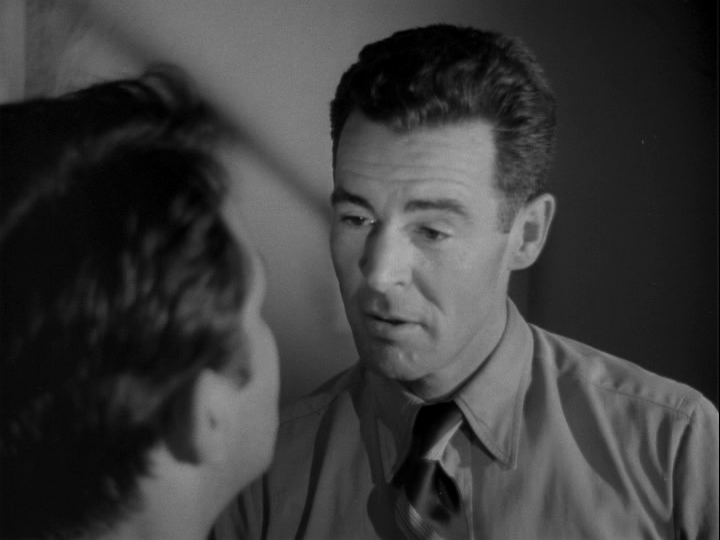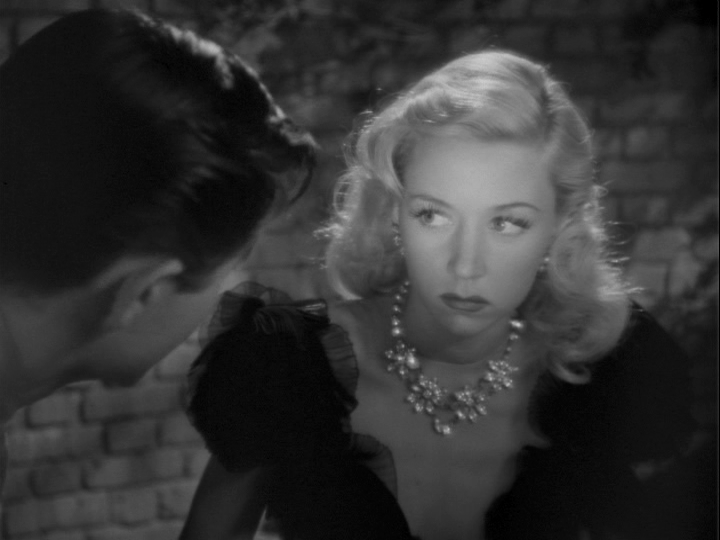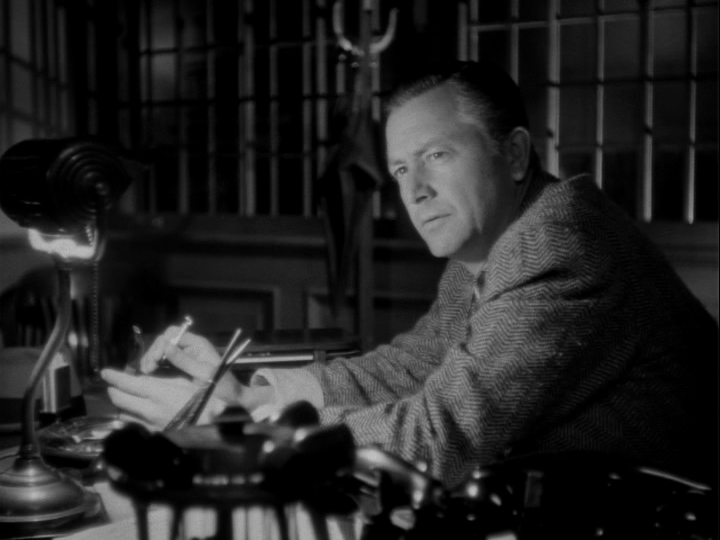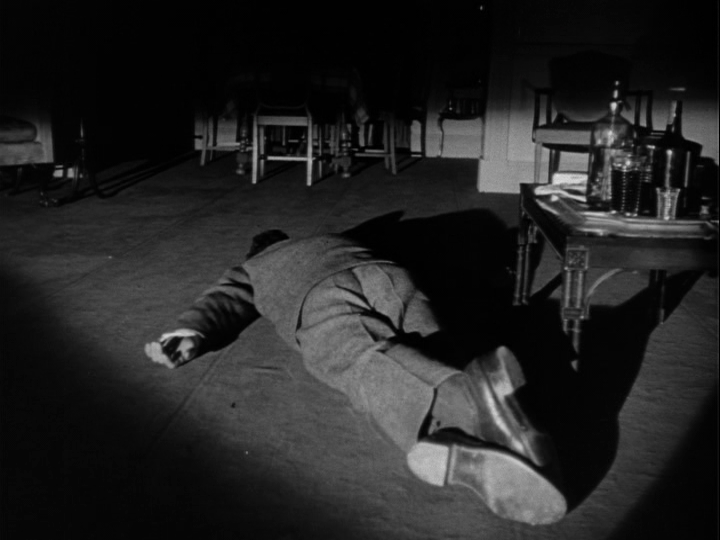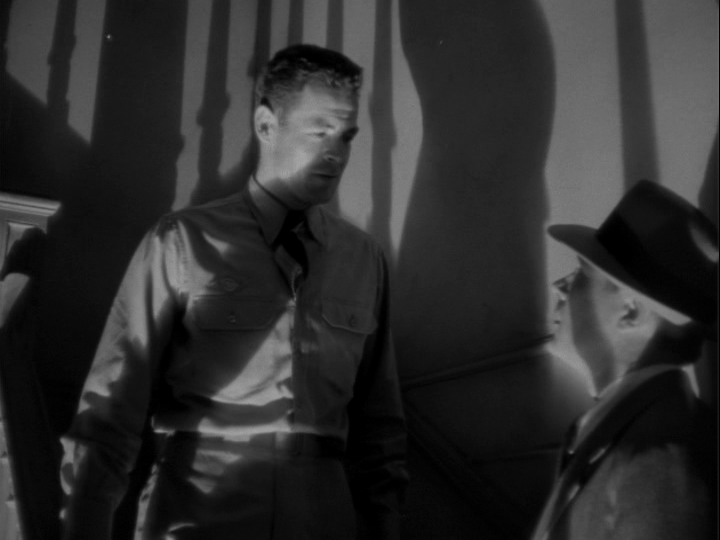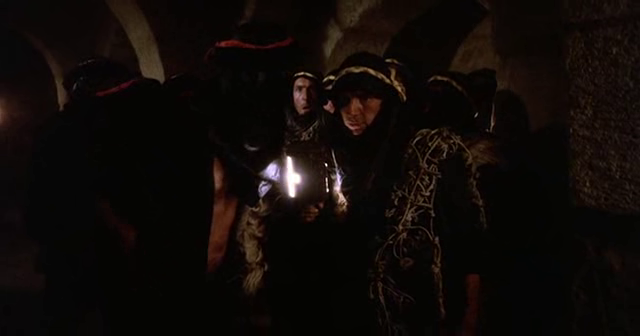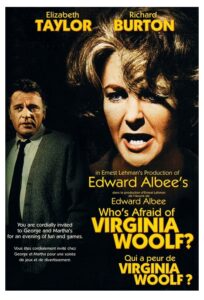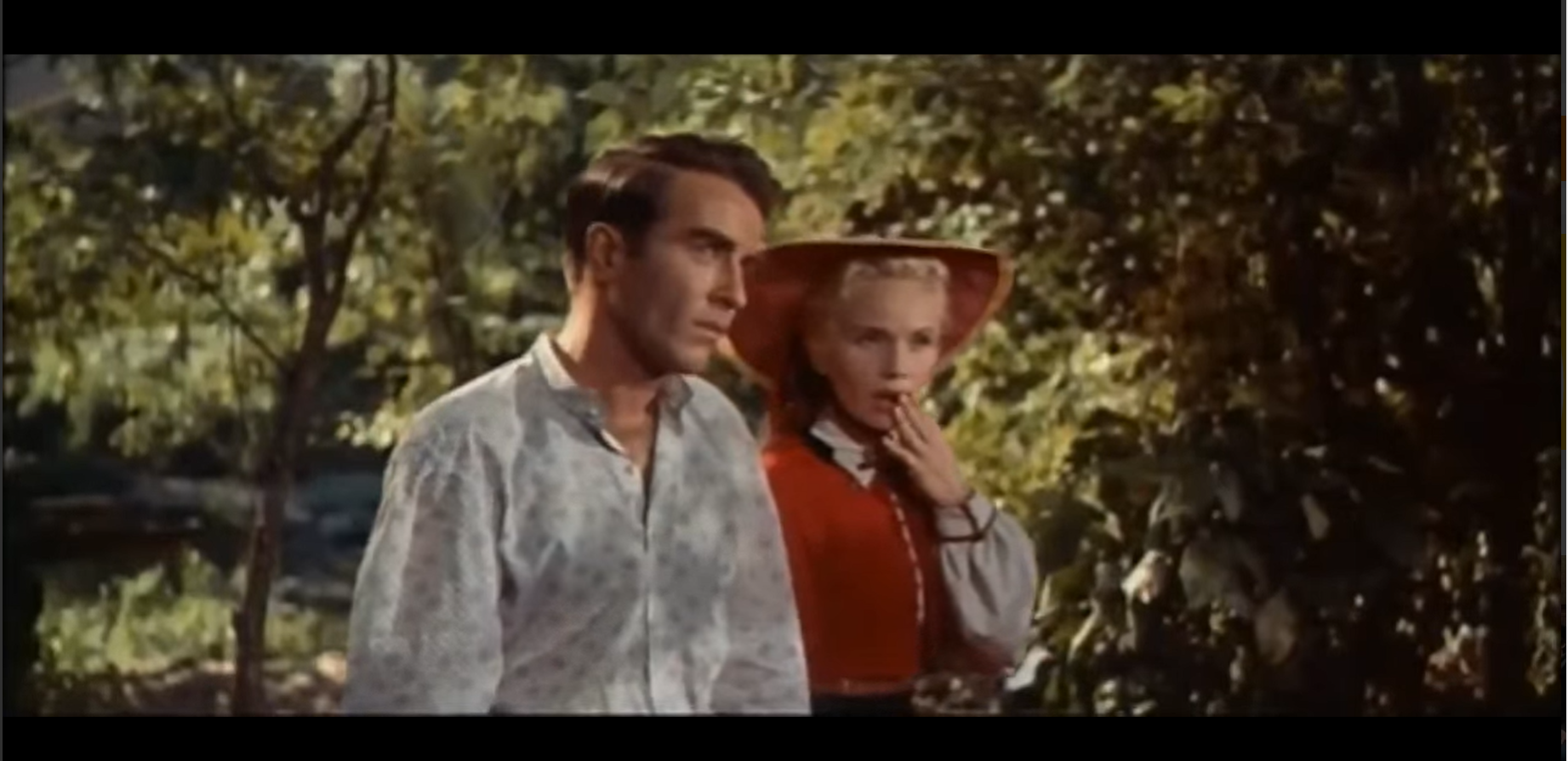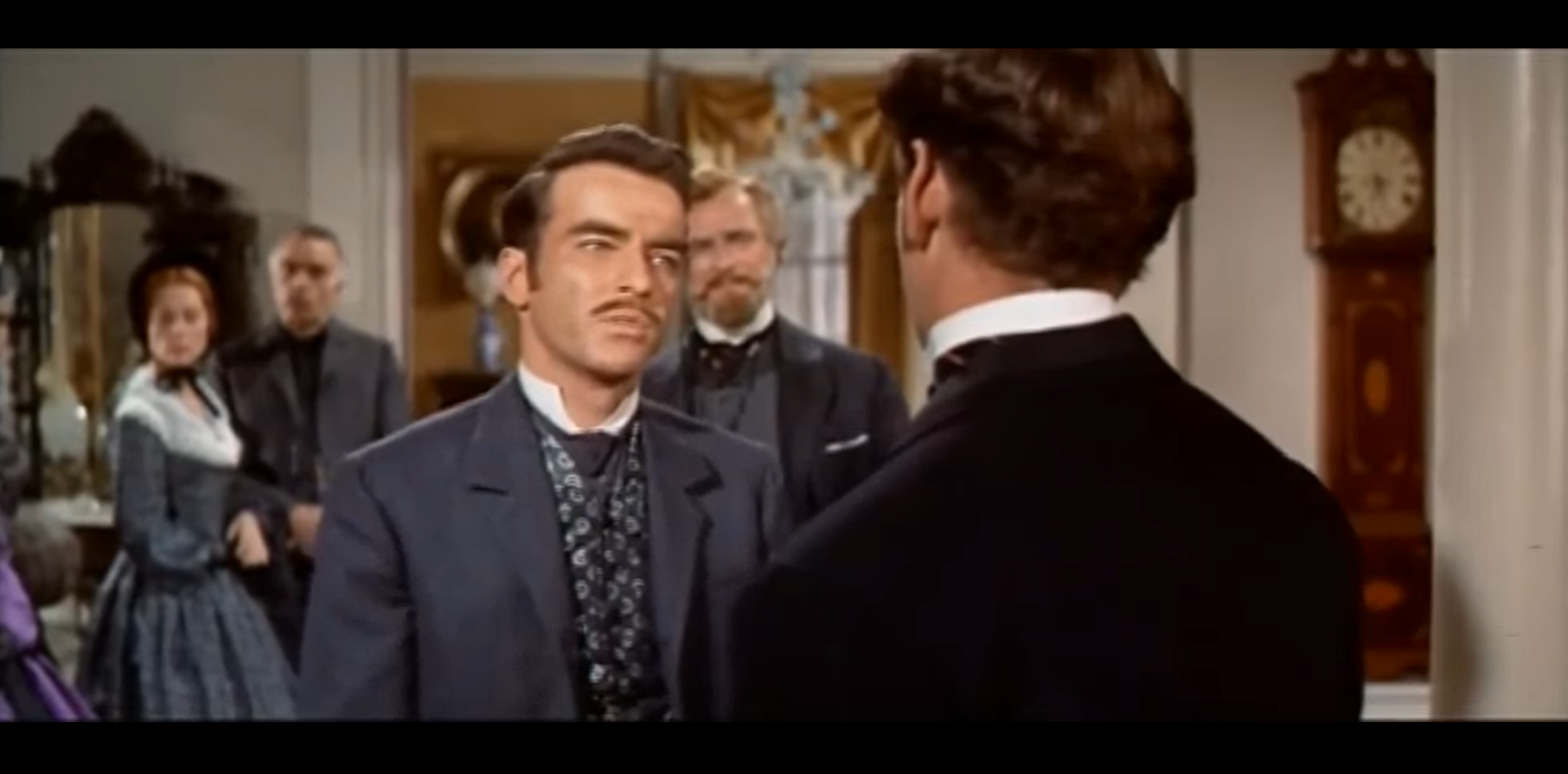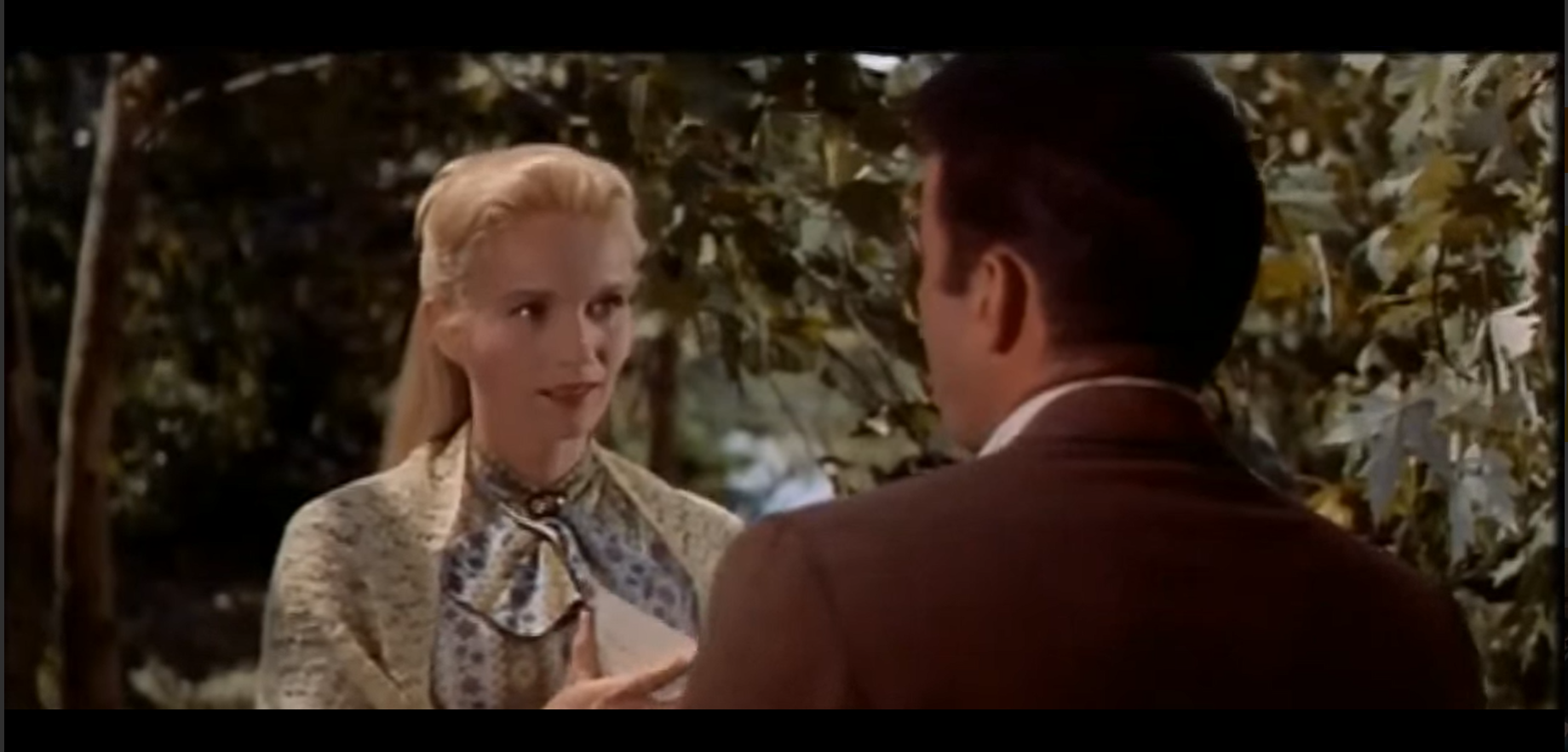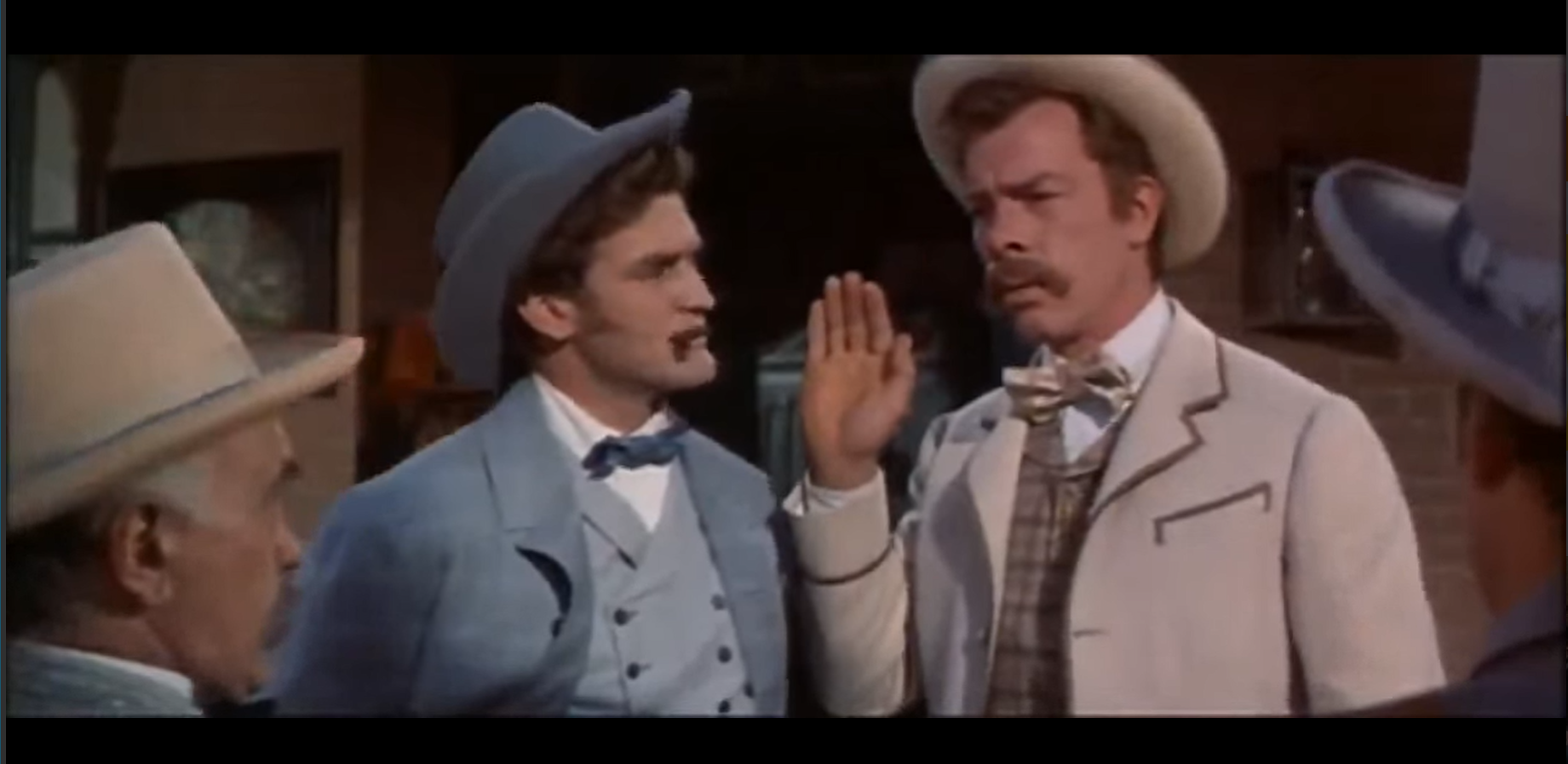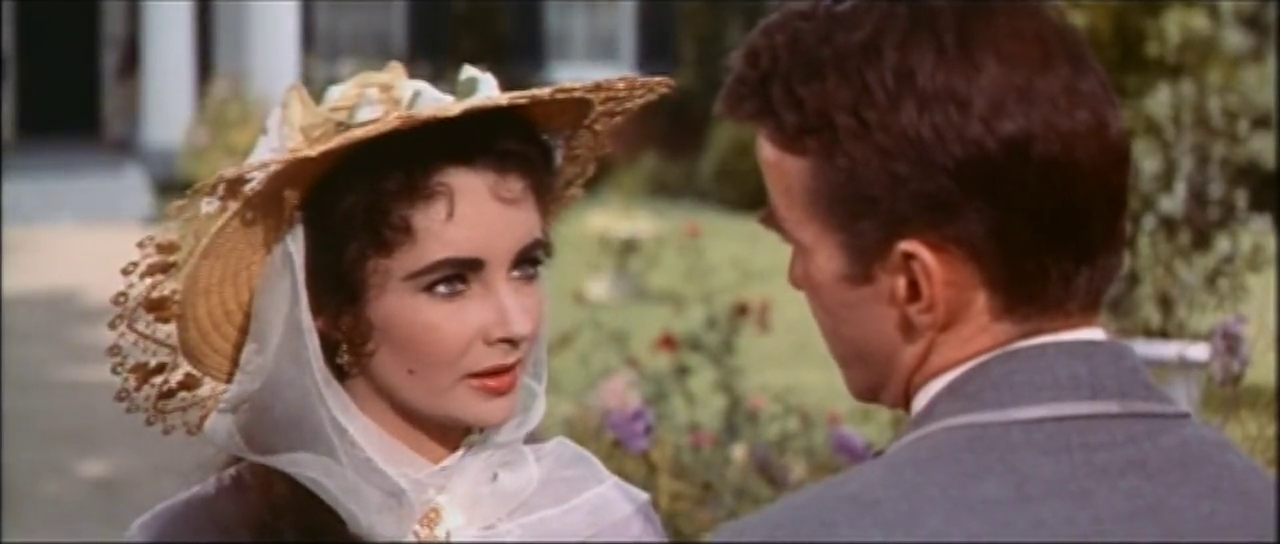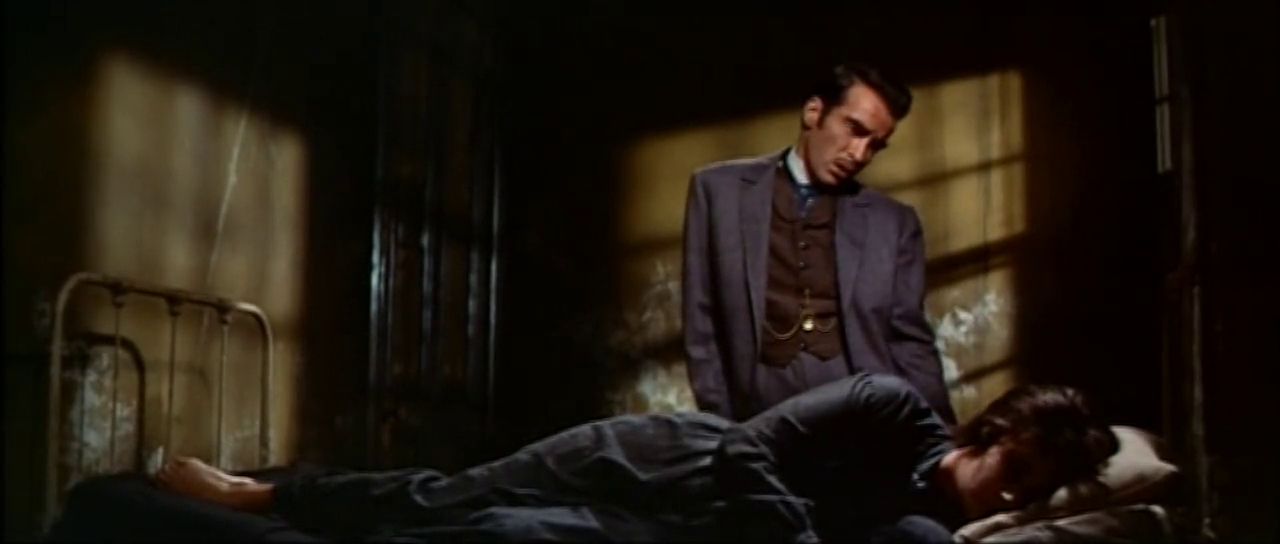|
Genres, Themes, Actors, and Directors:
- Black Comedy
- Elizabeth Taylor Films
- George Segal Films
- Marital Problems
- Mike Nichols Films
- Play Adaptation
- Revenge
- Richard Burton Films
- Sandy Dennis Films
Review:
Mike Nichols’ cinematic directorial debut was this adaptation of Edward Albee’s popular Broadway play, which Nichols has stated he instantly connected with and felt drawn to translate for the screen. Nichols’ instincts were right: his film qualifies as an unabashedly successful “opening up” of a play — one which utilizes the power of close-ups, angles, editing, and mixed settings to maximize the impact of Albee’s grueling tale about marital discord. Taylor — one of the most glamorous women in the world at the time — was only 32 when she donned a grey wig and gained 30 pounds to play middle-aged Martha, winning an Oscar for her efforts.
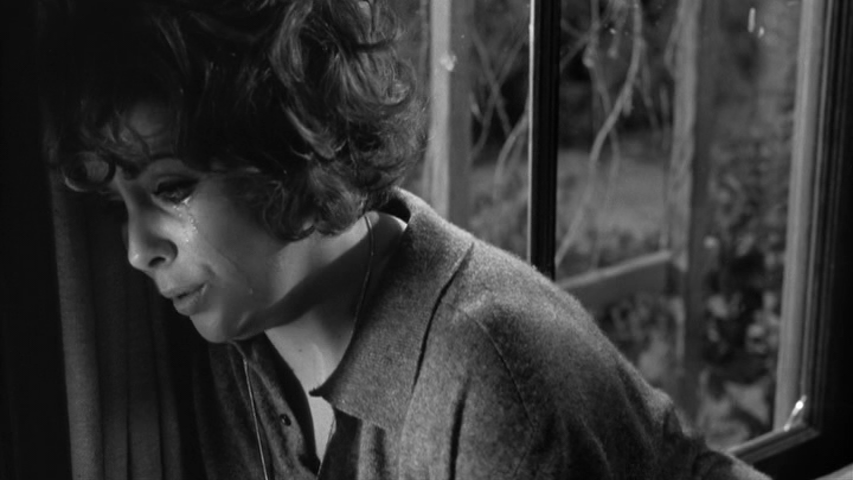
In Peary’s Alternate Oscars — where he reluctantly gives Taylor the award as well — he writes that while “Taylor doesn’t come across as being natural or at ease,” we should “at least give her credit for attempting to act rather than just inhabit a character”. While he complains that her portrayal of Martha is “too shrill” and “should appear to be strong for most of the play/film, rather than just loud and irritating”, he concedes that “when it really counts Taylor makes us understand this troubled woman.”
I’m not bothered at all by Taylor’s performance, and find it difficult (though not impossible) to imagine someone else in the role — primarily due to the casting of Taylor’s real-life husband as her spouse. Speaking of Burton, Peary also awards him an Oscar, noting that Taylor’s “performance is so ostentatious… that it takes a while to realize that the comparatively subdued Burton is giving a brilliant characterization”.
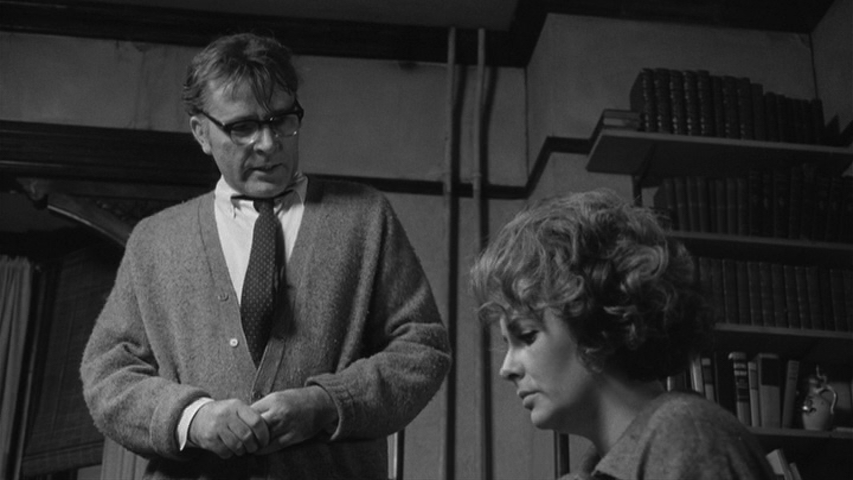
He adds that “we are transfixed by [Burton’s] every movement, dazed by his wise yet not always logical remarks, kept off balance by his secretive smiles and powerful gazes, knocked backward by his every shout.” He goes on to provide an analysis of George and Martha’s relationship — one which helps put all the shouting and manipulation into context:
“[George] tries to blank or drown out Martha’s vicious words (and the meaningless conversation of his unimportant guests) with the long-winded observations of a history professor. But after twenty years [Martha] can still hit nerves if she screams loudly enough and blasts him with the appropriate cruel words, some of which he supplies to her himself. She knows that despite his professed boredom, he won’t back away when she initiates their horrible nightly games … When he goes to sleep each night, he is with the woman he loves. Their battles are what keep them stimulated and spare them from dealing with what is really wrong with their lives … He must remain solid if Martha… is to be protected. The years of combat have taken their toll on George, but it is still through his strength that this shaky marriage survives.”
Who’s Afraid of Virginia Woolf? isn’t an easy or pleasant film to watch by any means. However, Nichols’ confident direction, Haskell Wexler’s Oscar-winning b&w cinematography, and the memorable performances (including those by Segal and the oh-so-unique Dennis) make it well worth at least one visit. Be sure to check out the commentary on the DVD in which Nichols chats with Steven Soderbergh about his directorial choices and the film’s production history; it’s quite fascinating and insightful.
Redeeming Qualities and Moments:
- Strong performances by the entire cast
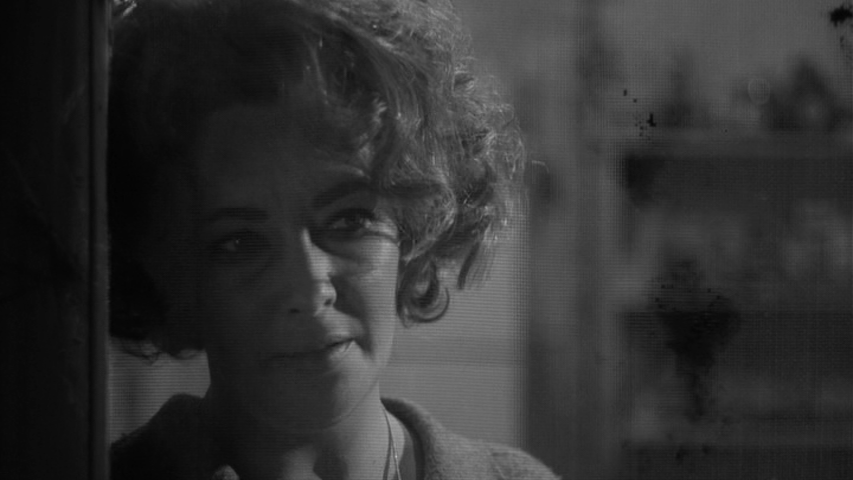
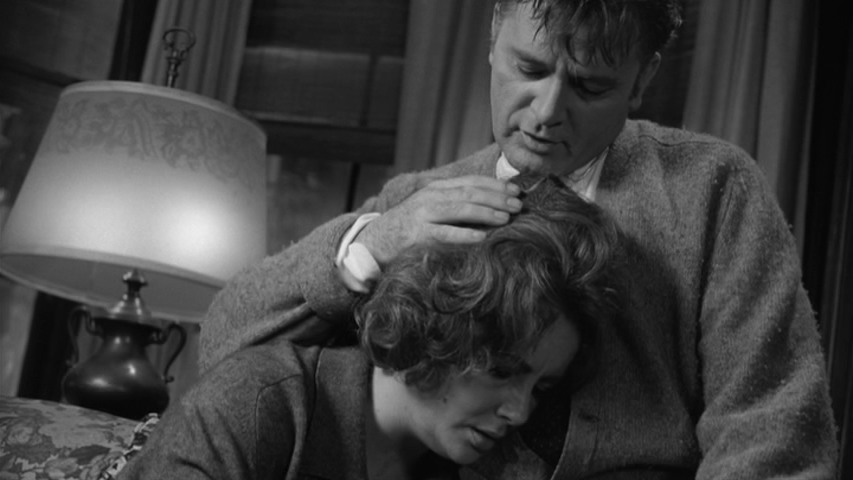

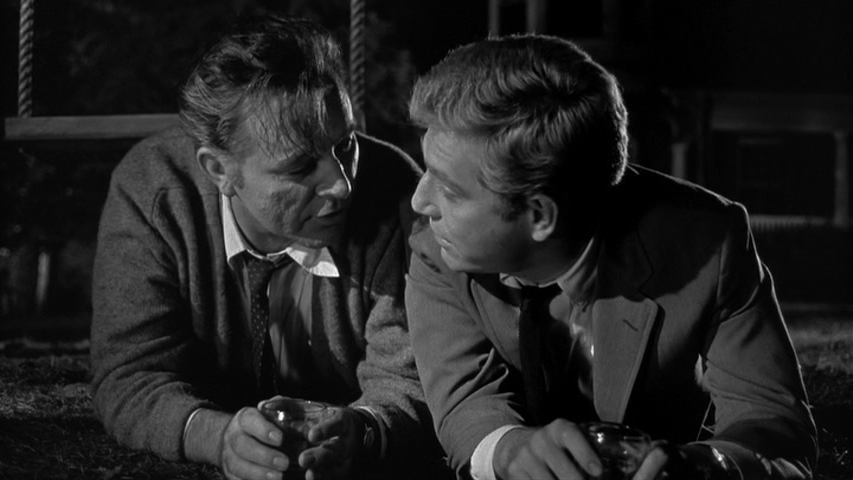
- Nichols’ direction
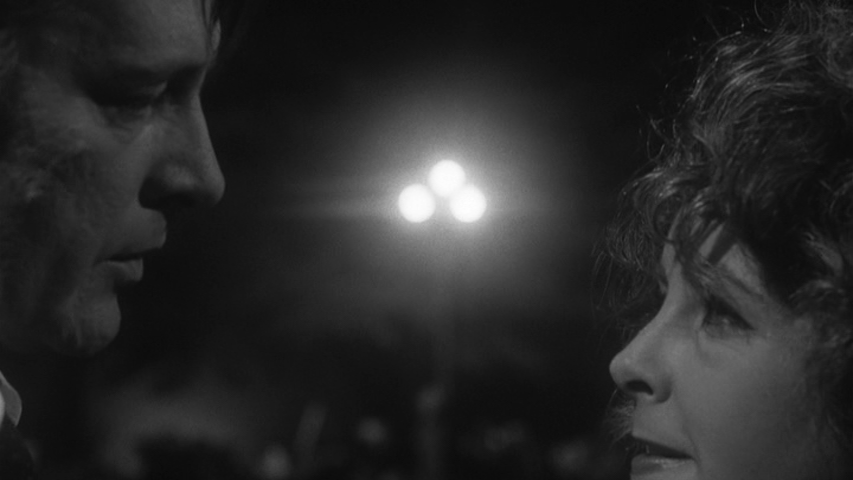
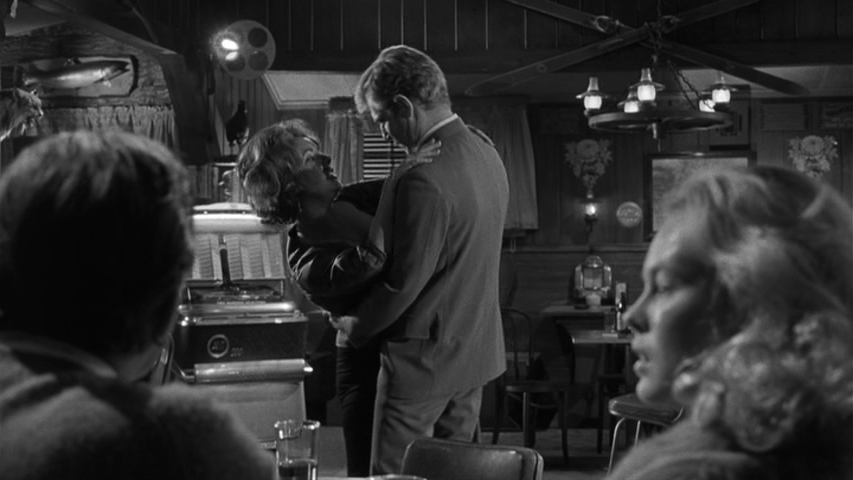
- Haskell Wexler’s cinematography
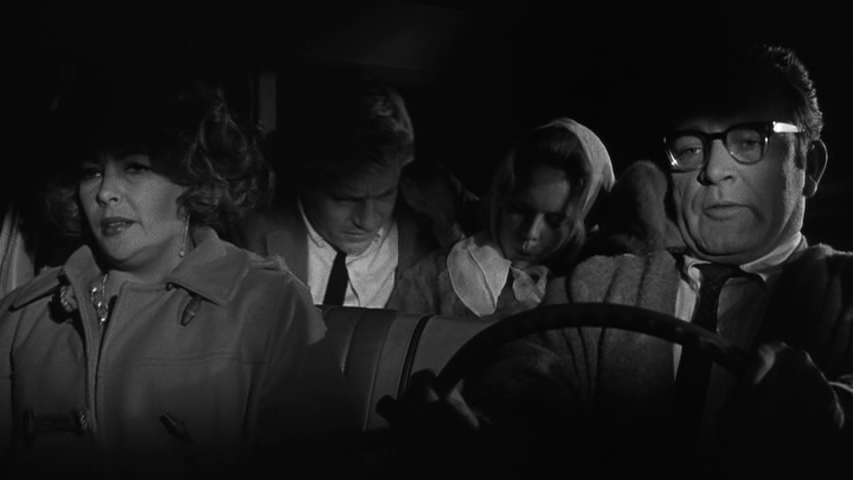
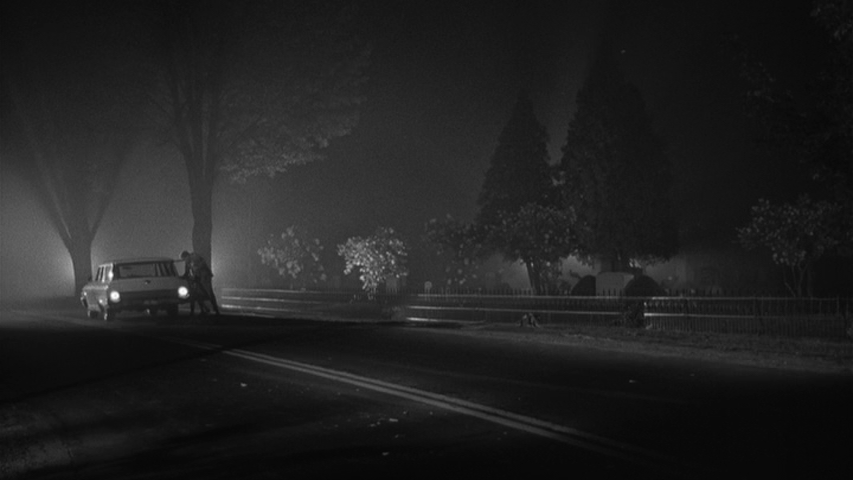
- Alex North’s score
Must See?
Yes, as a powerful if gut-wrenching classic.
Categories
(Listed in 1001 Movies You Must See Before You Die)
Links:
|
